The role of iron is at the heart of oxygen transport and energy metabolism in the body and is an essential mineral component for a healthy life.
ROLE OF IRON
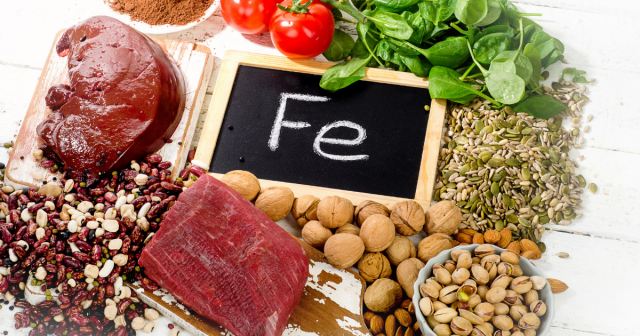
role of iron in the body
Iron is an essential mineral that is needed to perform many functions in the body. The body needs the right amount. Too little iron may develop into an iron deficiency called anaemia. Causes of iron deficiency may result from a poor diet, the inability to absorb enough iron from food or blood loss.
Iron deficiency is one of the most common nutrient deficiencies in the world.
One of the most important functions of the role of iron is oxygen transportation through the protein, haemoglobin.
Haemoglobin is a type of protein in red blood cells that carries oxygen from the lungs to the rest of your cells in the tissues and organs and gives blood its red colour. If you do not have enough iron, there aren’t enough red blood cells to transport the oxygen which leads to fatigue. Haemoglobin is mainly made from iron and accounts for about two thirds of the iron stores in the body.
Myoglobin is a protein that helps stores oxygen in muscle cells. Myoglobin contains iron and is responsible for the red colour in muscle tissue.
The difference between haemoglobin and myoglobin is that myoglobin is found mainly in the muscles where haemoglobin is found in the bloodstream.
Many enzymes in the body also contain iron including those that provide energy production.
The immune system also requires iron to work effectively and keep us healthy.
HEME AND NON-HEME IRON
Iron from food comes in two forms, heme and non-heme.
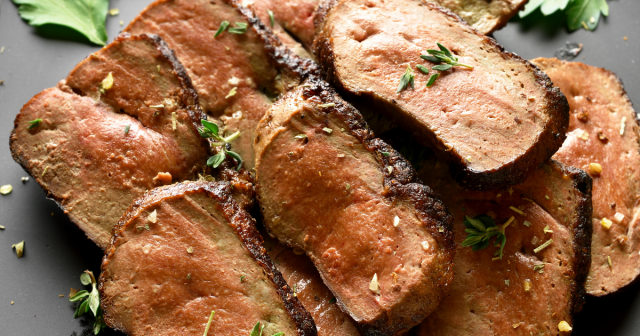
high in heme iron – beef liver
Heme iron is found in animal tissue and organs such as meat, poultry and fish. Heme iron is very well-absorbed by the body.
Non-heme iron is found in plants, nuts, seeds, and wholegrain foods. There is some non-heme iron in animals due to the animal consuming plant matter. And there is some heme iron found in soybean plants. Non-heme iron isn’t as well absorbed as heme iron.
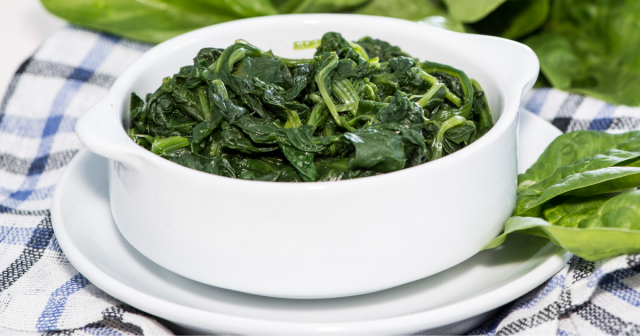
high in non heme iron – cooked spinach
PHYTIC ACID & POLYPHENOLS
Phytate, or phytic acid is found in foods like wholegrains, cereals, soy, nuts and legumes and is the main storage form of phosphorus in plant tissues. Even a small amount of phytate can significantly decrease heme iron absorption.
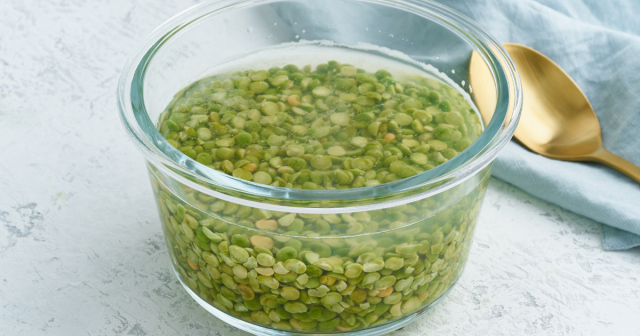
blanching legumes reduces phytic acid
Eating nuts and seeds as a snack is good for your health as phytic acid is an anti-oxidant compound. However, avoid eating them with foods high in iron.
Soaking cereal grains overnight can significantly reduce phytate content. Seeds that are sprouted and fermentation processes like sourdough bread also reduces phytate content in foods.
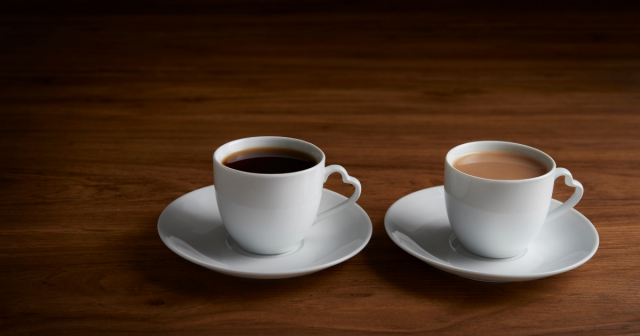
avoid drinking tea or coffee with your meal
Avoid drinking tea and coffee with meals as the polyphenols in tea and coffee can inhibit iron absorption.
VITAMIN C
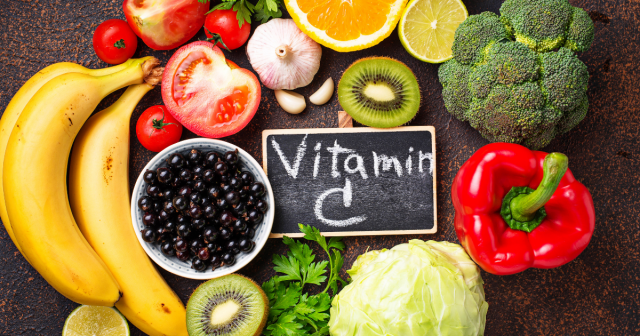
Vitamin C helps absorption of iron
Eating foods rich in Vitamin C such as oranges, kiwi fruit, red peppers, strawberries, tomatoes, broccoli, brussels sprouts, cabbage, cauliflower and white potatoes improves absorption by capturing the iron and keeping it in the soluble ferris form.
FERRITIN
Iron is stored in the body as ferritin. It is mainly stored in the liver, spleen, bone marrow and muscle tissue. Ferritin delivers iron to the body by the protein transferrin which binds iron and transports it to where it is needed.
COPPER
Copper helps to form haemoglobin. It’s needed to make red blood cells and helps the body absorb iron from the intestines. Copper deficiency may be one of the reasons for fatigue and weakness.
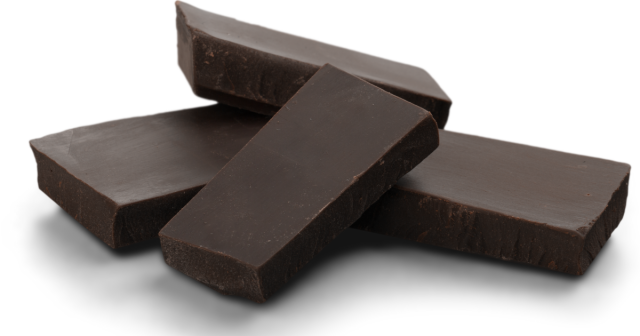
dark chocolate is high in copper
According to NHS England, the amount of iron you need is:
- 8.7mg a day for men over 18 (boys aged 14-18 11mg a day and 15mg for girls)
- 14.8mg a day for women aged 19 to 50 (the figure in Australia is 18mg for women, 27mg for pregnancy and 9mg for lactation)
- 8.7mg a day for women over 50
Women in reproductive years need more iron due to blood loss caused by menstruation (most iron is found in red blood cells).
Vegetarians generally need 80% more iron in their diet than omnivores to make up the lower bioavailability of their diets. Green leafy vegetables, peas and whole-grains are good sources for vegetarians. Enriched cereals, dried fruit and legumes are also excellent sources of iron for vegetarians. Combining these foods with foods rich in Vitamin C helps the body absorb the iron.
IRON SUPPLEMENTS
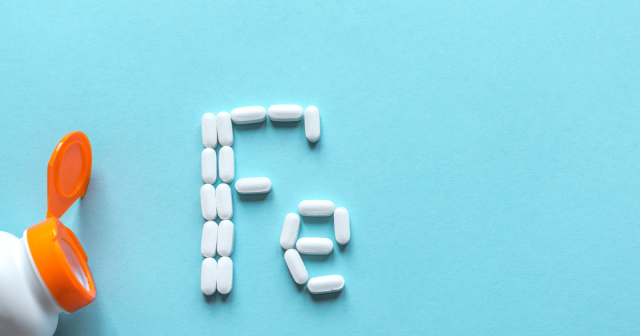
iron supplements should only be taken once you’ve consulted your doctor
Iron from supplements is less well-absorbed than that from food. Doses usually need to be much higher. Ferrous sulphate is the best way to take iron supplements but you should consult your doctor before taking iron supplements. Absorption is improved when taking supplements on an empty stomach and with liquids such as orange juice. Avoid taking iron supplements with tea, coffee, alcohol and milk.
The most common side effects of iron supplementation is dark coloured stools.
FOODS RICH IN HEME IRON
- Beef & chicken liver
- Oysters, clams, mollusks, & mussels
- Beef
- Canned sardines
- Turkey
- Chicken
- Fish (halibut, haddock, salmon, tuna)
- Ham
- Veal
- Lamb chops
FOODS RICH IN NON HEME IRON
- Cooked spinach (oxalates reduce the absorption so steam, boil or blanch the spinach)
- Seeds (pumpkin seeds, sunflower seeds)
- Firm tofu
- Beans & lentils (chickpeas/garbanzo beans, white beans, red kidney beans, soybeans, black beans, lima)
- Fortified breakfast cereals
- Baked potato with skin (without skin, a potato’s iron is minimal)
- Blackstrap molasses
- Prune juice
- Dried fruits (raisins, apricots, etc.)
- Nuts (cashews, almonds, pistachio, etc.)
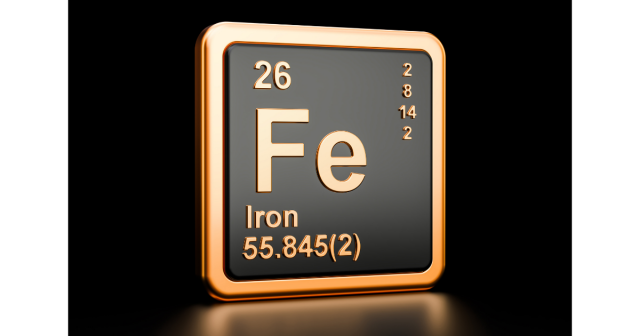
Note: Iron does not excrete excesses like other minerals and is stored by the body. Iron stores are easily absorbed when stores are low and less iron is absorbed when stores are full. Taking too much iron can damage the body causing iron poisoning.
Some people suffer from a disease called Haemochromatosis. Haemochromatosis is where too much iron builds up and becomes toxic in the body. When you have Haemochromatosis, you absorb more iron than you need. Stores are built up in the liver, heart and pancreas. The extra iron can damage these organs and without treatment can lead to organ failure.

